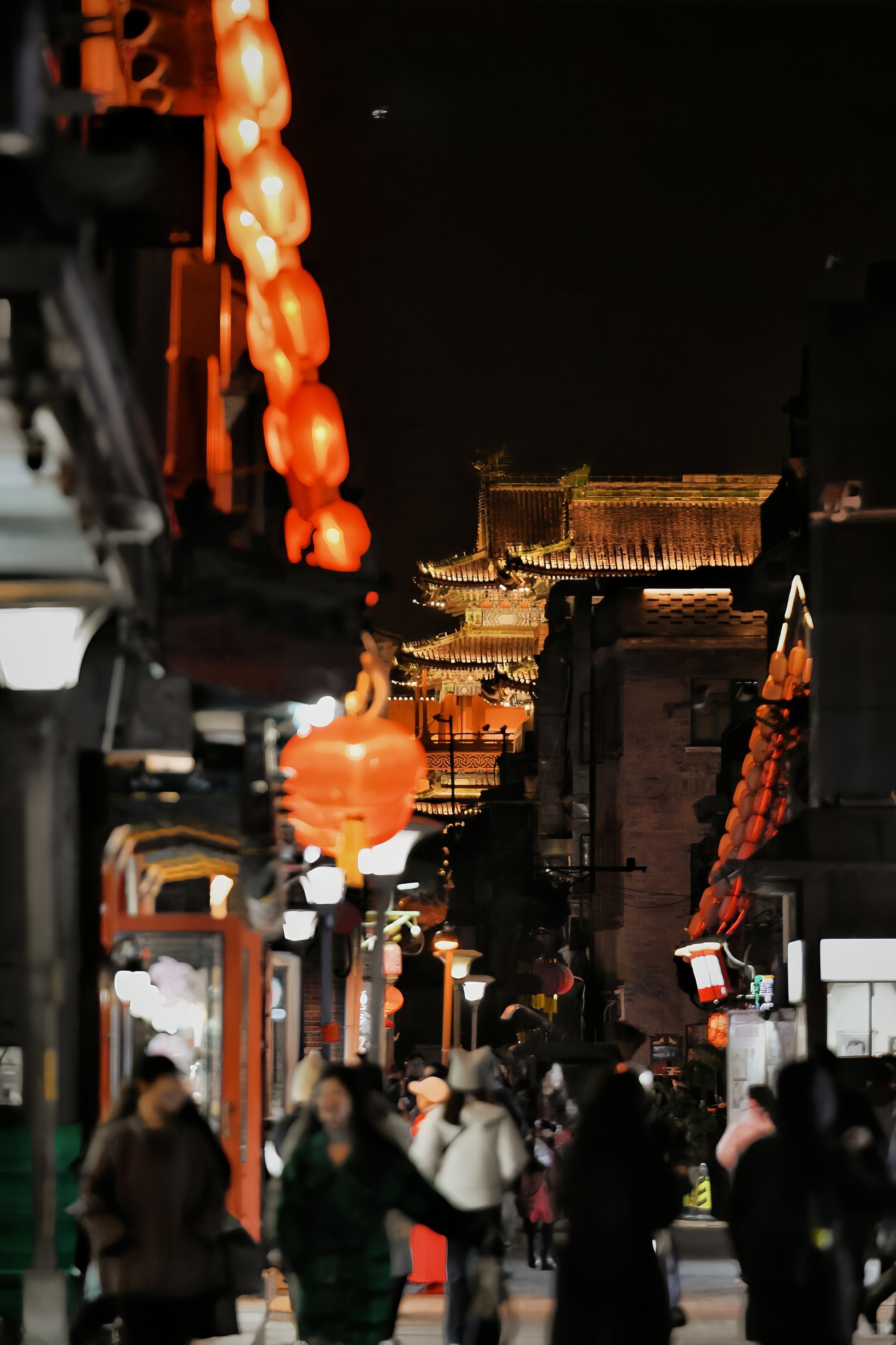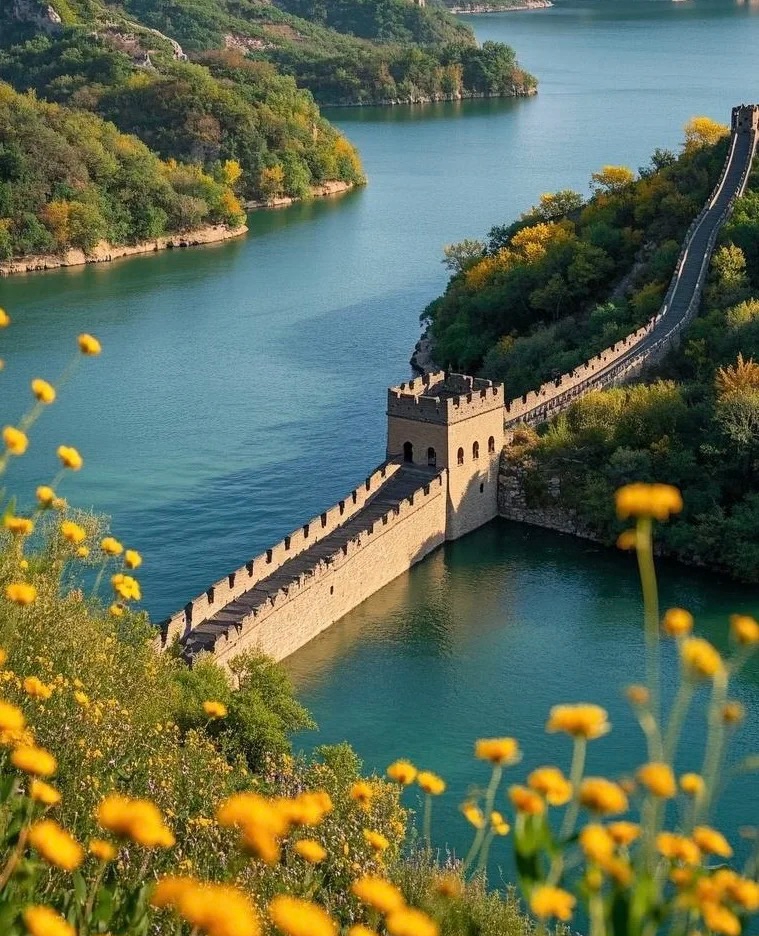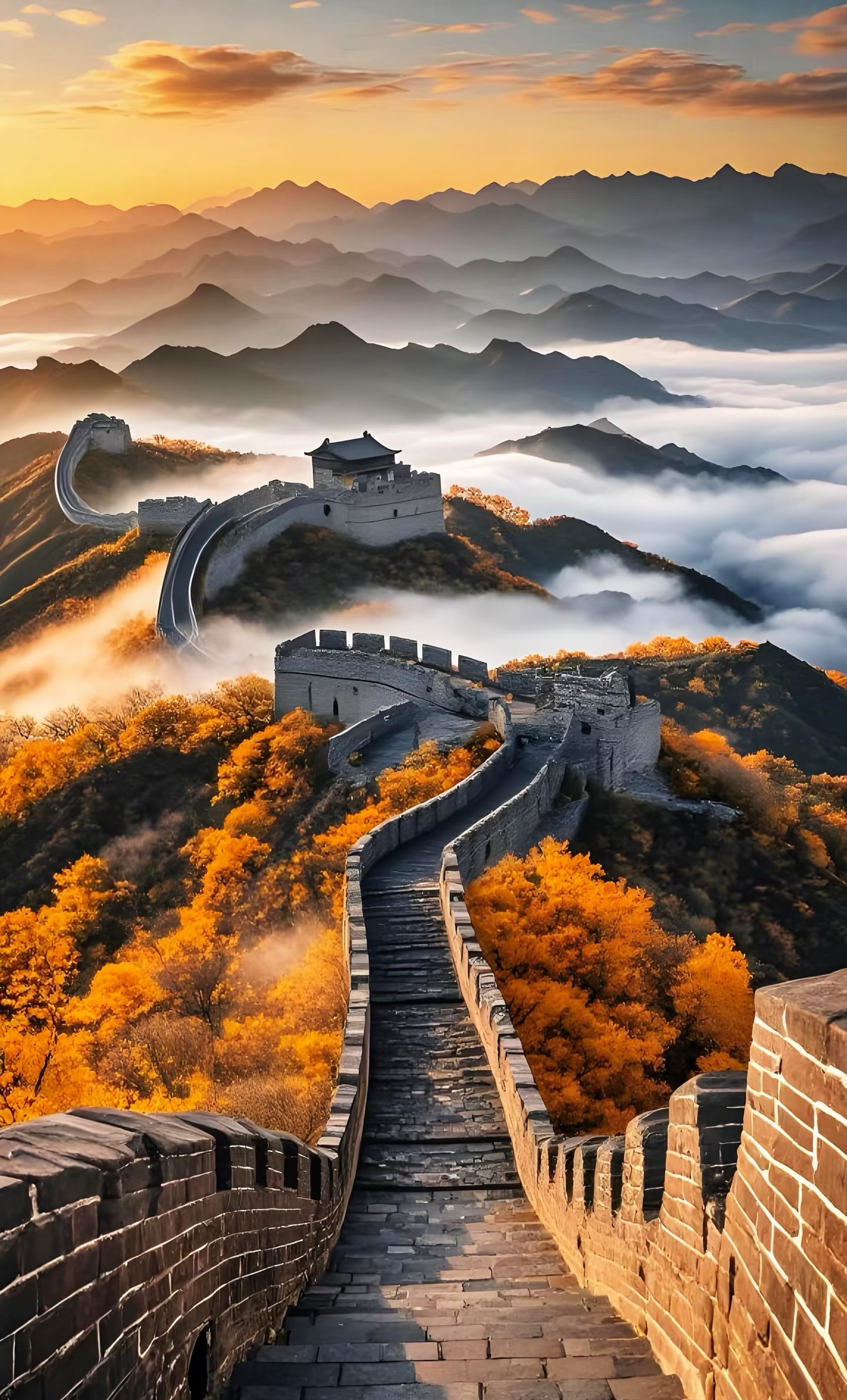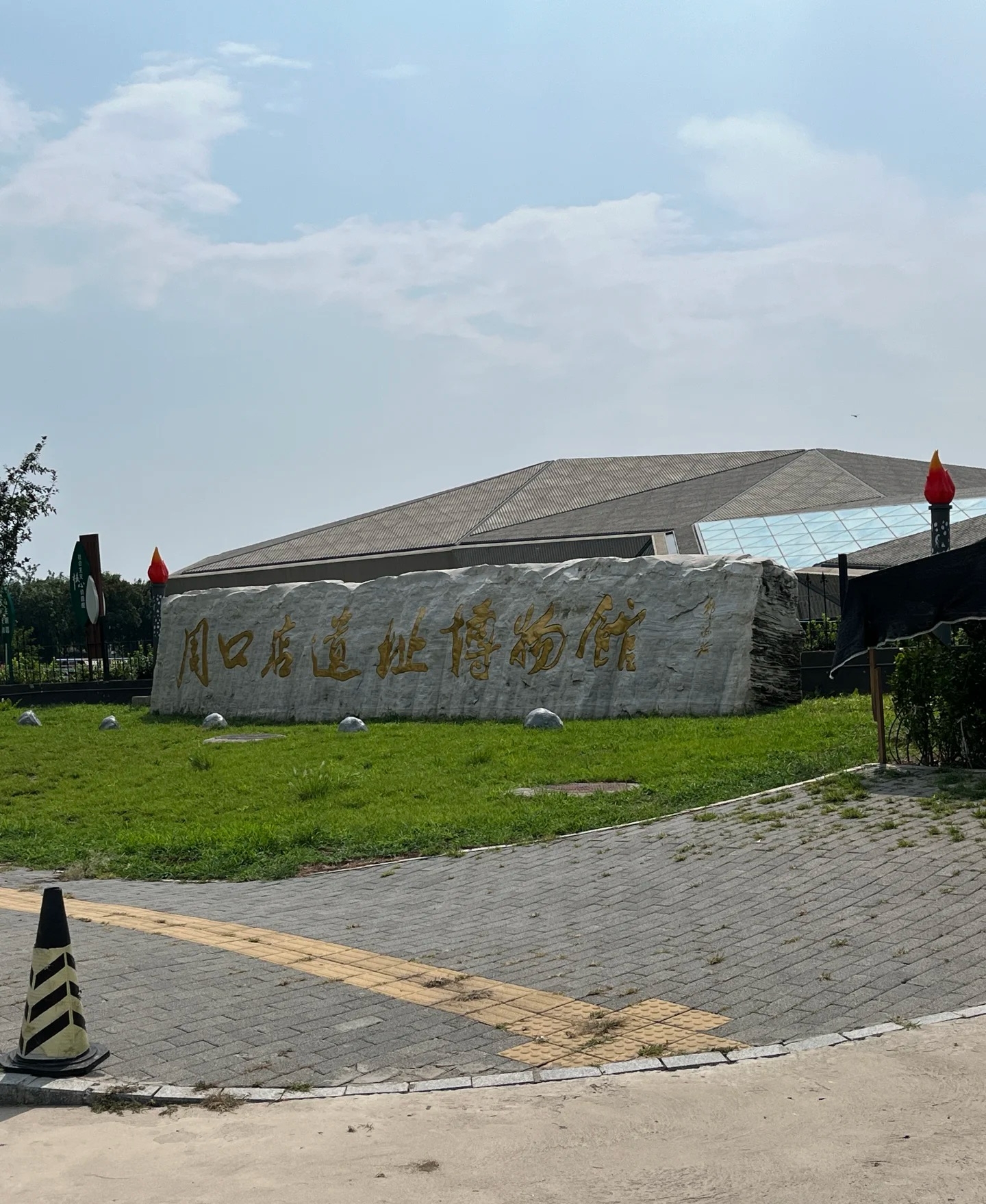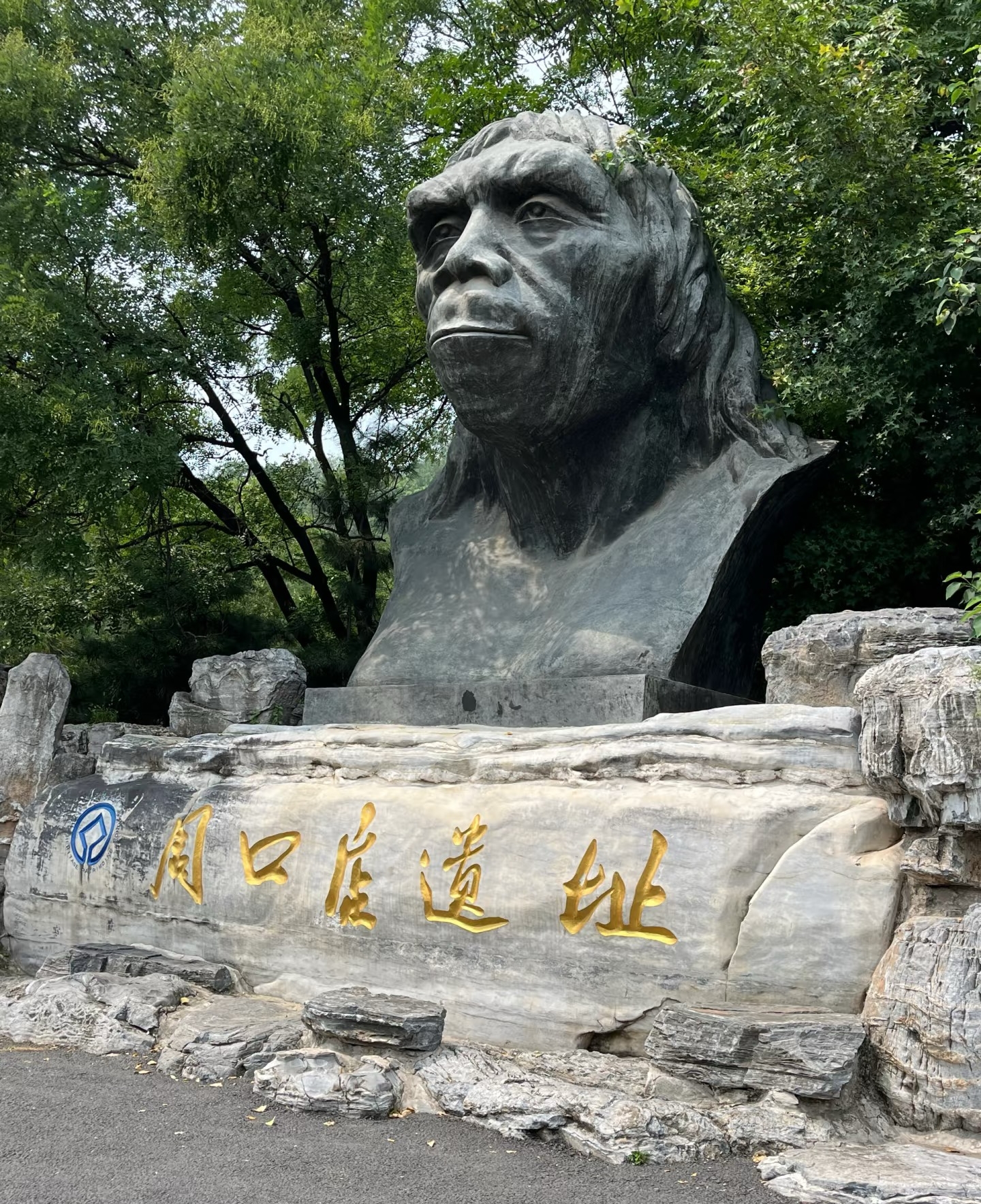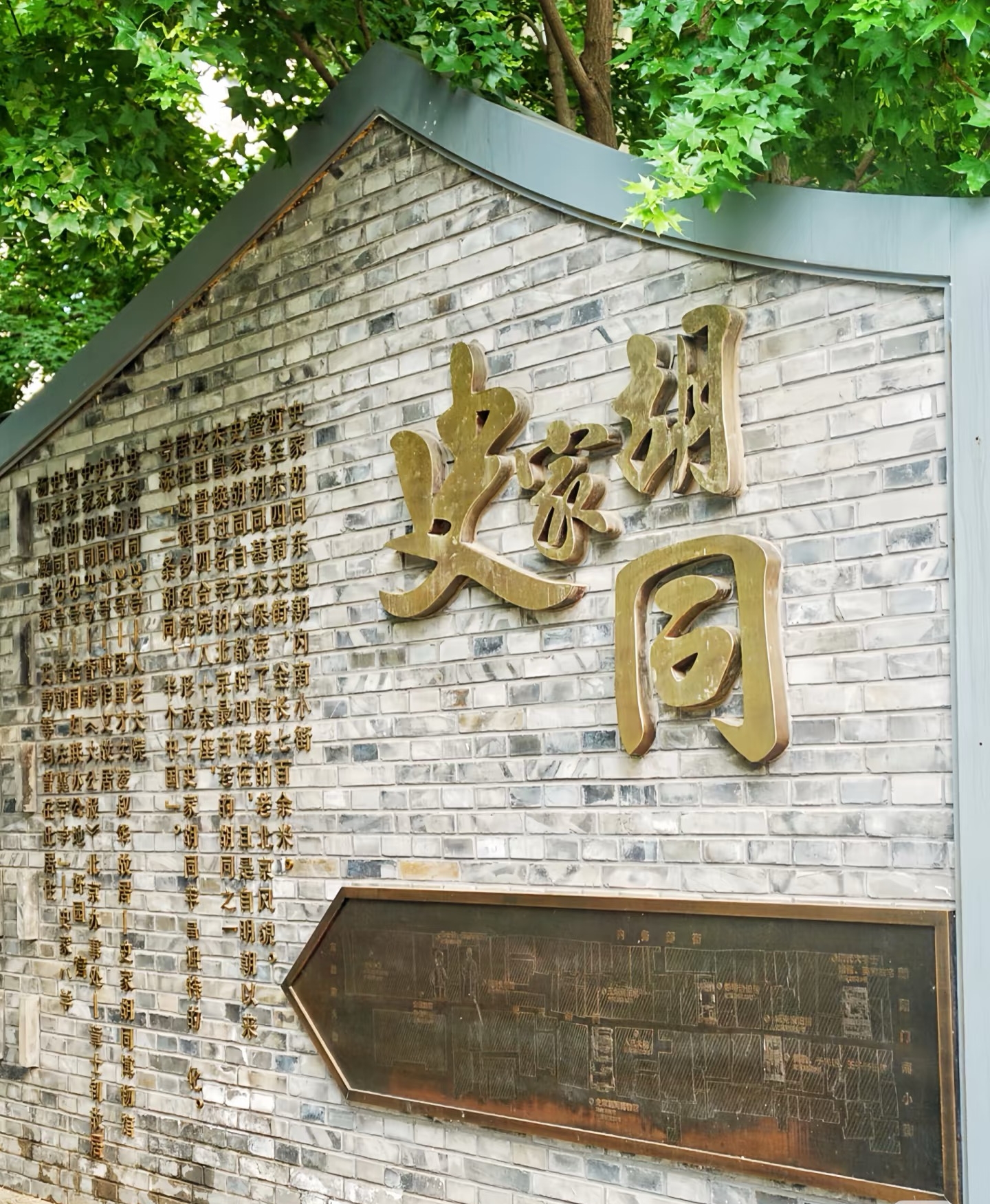

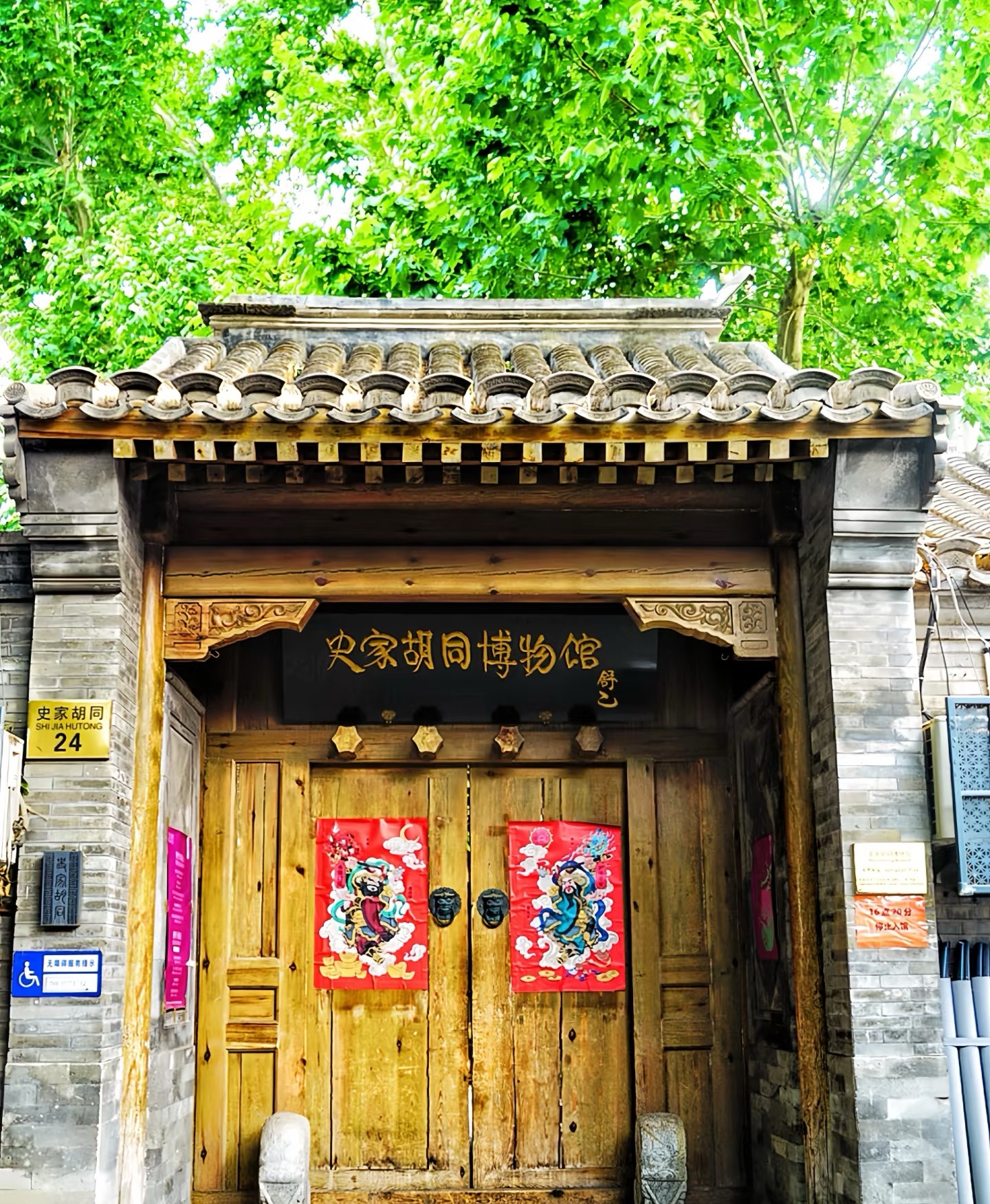
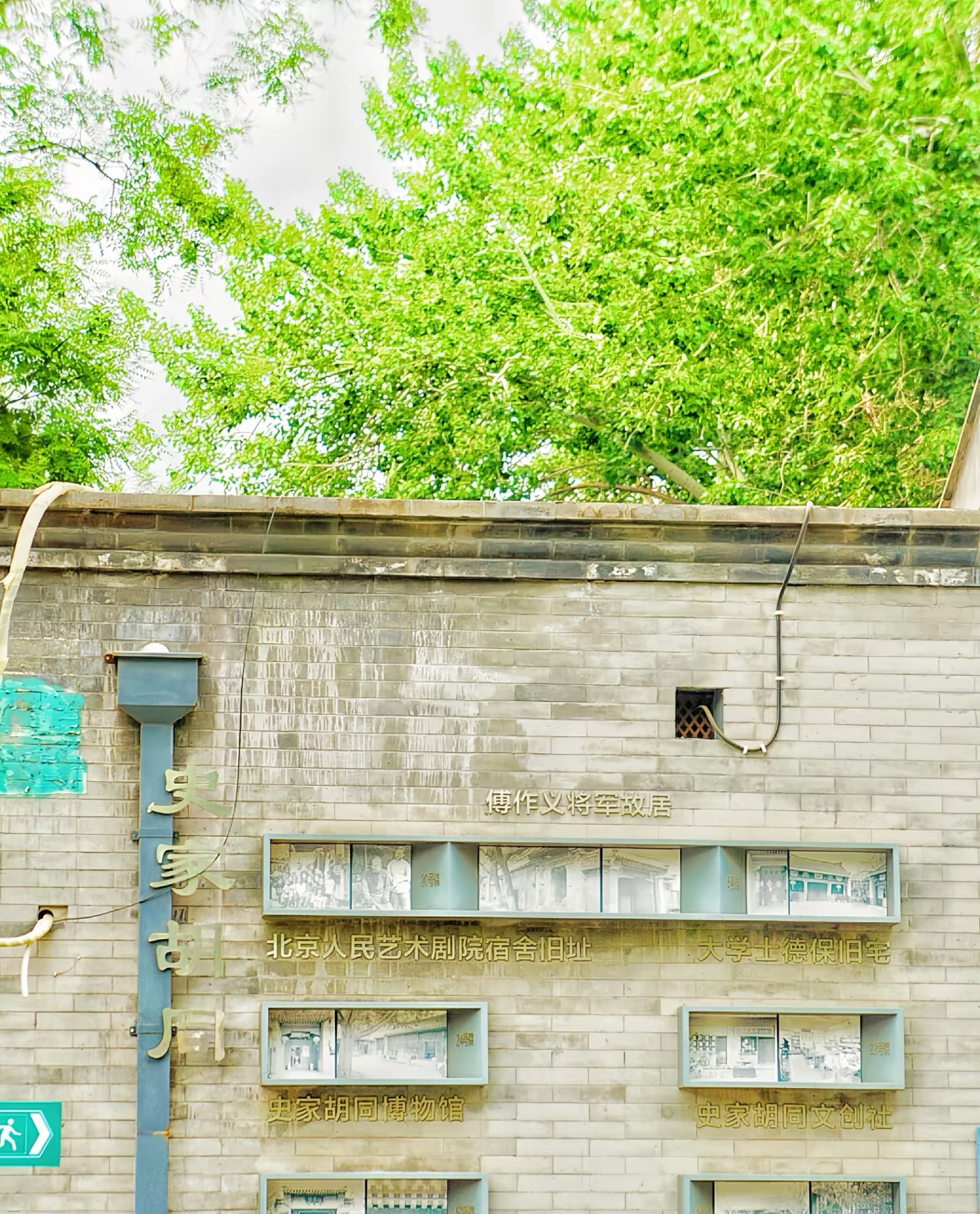
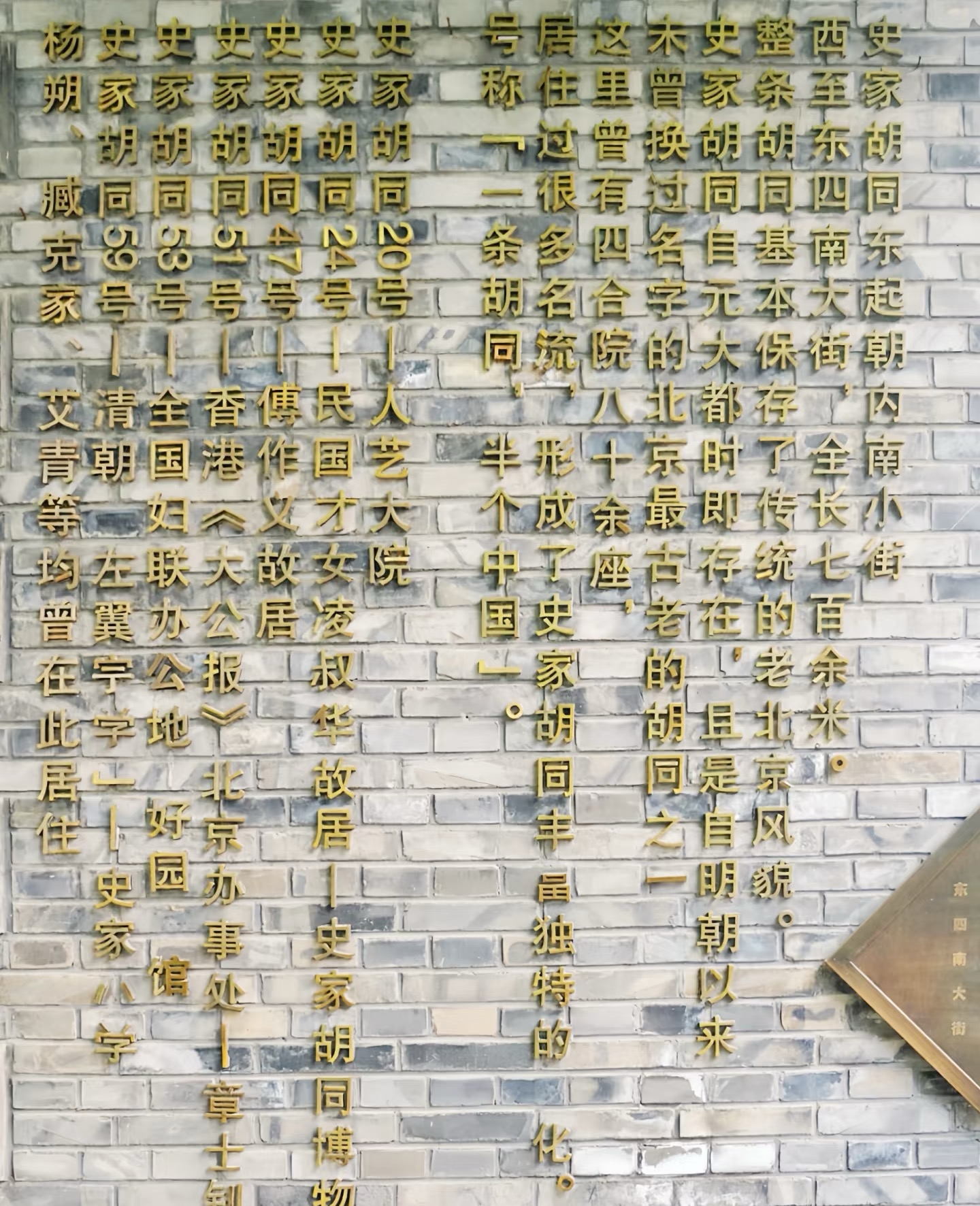

Shijia Hutong Museum
Shijia Hutong Museum is dedicated to preserving and showcasing the traditional hutong culture of Beijing. Housed in a restored courtyard home (siheyuan) originally built in the late Qing Dynasty, the museum offers insights into the history, architecture, and daily life in Beijing's hutongs. Through exhibitions, photographs, and recreated living spaces, visitors can experience the authentic atmosphere of old Beijing neighborhoods.
Information
Ticket price
Time
Location
24 Shijia Hutong, Dongcheng District, Beijing, China
View maps
More about the trip
Shijia Hutong Museum: Preserving Beijing's Hutong Culture
Shijia Hutong Museum is dedicated to preserving and showcasing the traditional hutong culture of Beijing. Housed in a restored courtyard home (siheyuan) originally built in the late Qing Dynasty, the museum offers insights into the history, architecture, and daily life in Beijing's hutongs. Through exhibitions, photographs, and recreated living spaces, visitors can experience the authentic atmosphere of old Beijing neighborhoods, making it a charming and educational stop for those interested in local heritage.
What to See and Do
Explore a Traditional Siheyuan: The museum itself is a beautifully restored siheyuan, allowing you to experience the layout and architecture of a traditional Beijing courtyard home. You can see the main hall, side rooms, and the courtyard garden.
Hutong History and Life: Exhibitions provide a comprehensive overview of hutong history, their evolution, and the daily life of residents. Displays include old photographs, household items, and personal stories.
Recreated Living Spaces: Some rooms are recreated to show how people lived in the hutongs, giving a tangible sense of the past.
Sound Exhibit: A unique feature is the sound exhibit, where you can listen to the sounds of a typical hutong, from vendors shouting their wares to children playing, bringing the past to life through audio.
Community Engagement: The museum also serves as a community center, fostering a sense of local pride and encouraging the preservation of hutong culture.
Best Time to Visit
The museum is an indoor attraction, making it suitable for visiting year-round. Weekdays are generally less crowded than weekends and public holidays. It's a small museum, so it doesn't require a lot of time.
How to Get There
Shijia Hutong Museum is located in Dongcheng District. Take Metro Line 5 to Dengshikou Station (灯市口站), Exit C. From there, it's about a 10-15 minute walk into Shijia Hutong. It can be a bit tricky to find, so using a map app is recommended.
Travel Tips
Combine with Hutong Exploration: The museum is a great starting point for exploring the surrounding hutongs, allowing you to apply what you've learned about their history and architecture.
Wear comfortable shoes: You'll be doing some walking on uneven hutong paths.
Quiet and reflective: It's a small, quiet museum, offering a peaceful and insightful experience.

